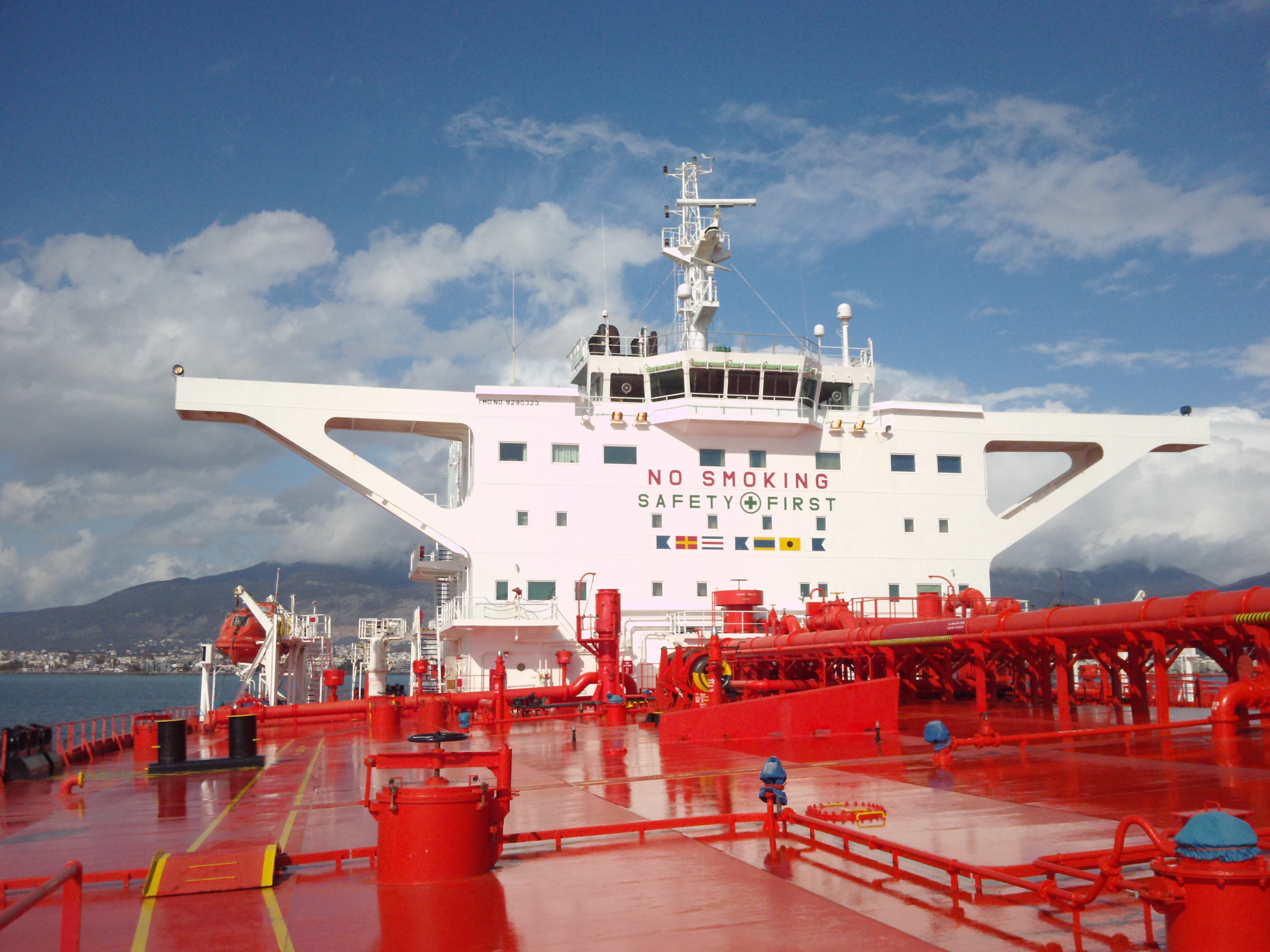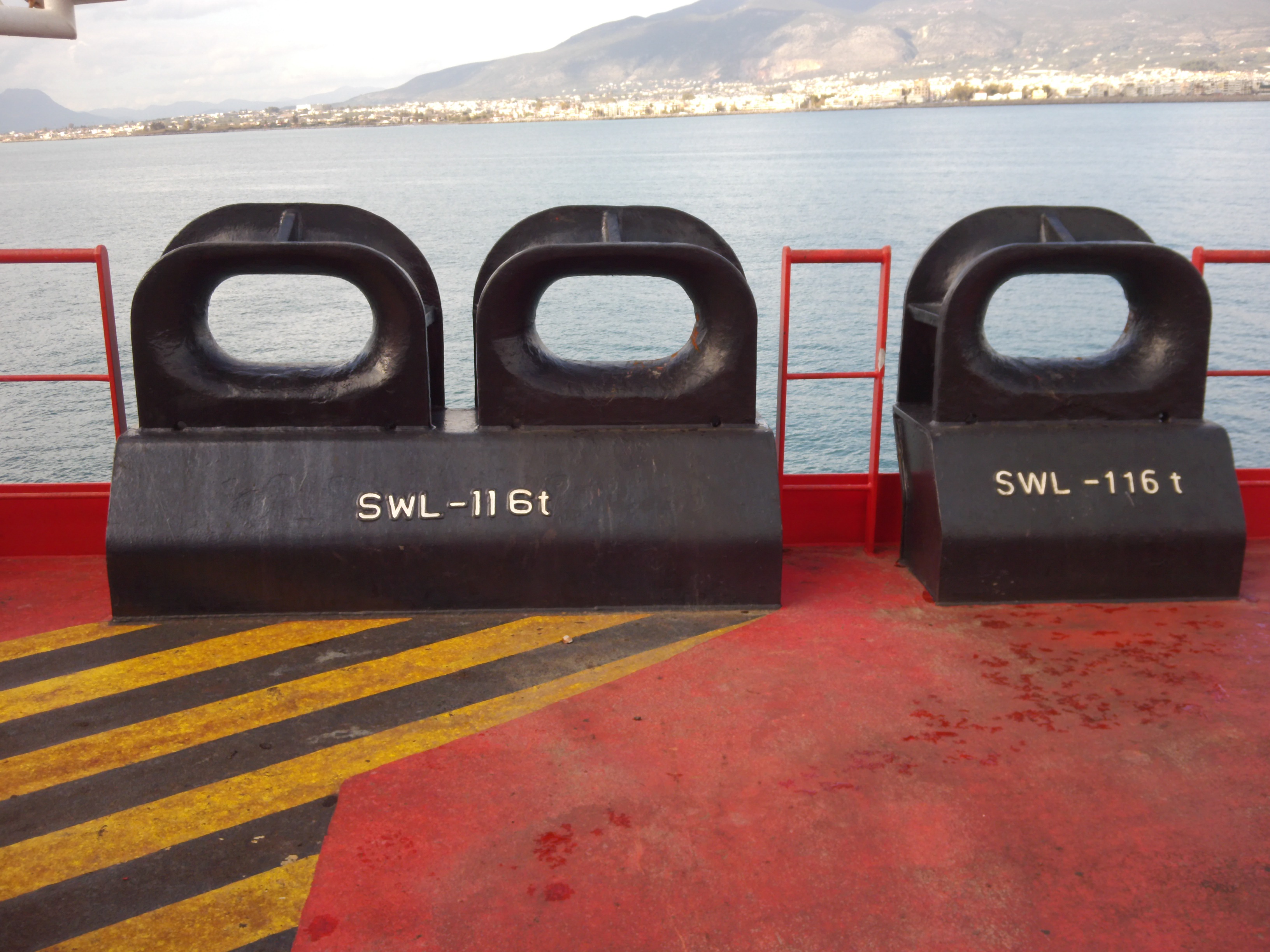STS Status
The STS STATUS is a certificate that describe the level of vessel compliance with IMO regulations and industry best practices for Ship to Ship transfer operations. It also includes information for technical management policies and procedures as well as crew training & preparedness.
What are the benefits?
The benefits from this survey are outlined below:
- The technical operator receives an unbiased confirmation for vessel compliance with latest industry practices;
- Senior Officers receive a training on board with actual case studies and material associated with crew facilitation and preparedness in STS operations;
- The STS STATUS may be used as a commercial justification for vessel readiness and compliance;
- STS STATUS is a mean of quality beyond minimum requirements and therefore supports further the reputation of prudent technical operators;
- You minimize your risk at ship to ship transfer operations.

The deliverable
The STS STATUS includes a physical inspection of the vessel as well as a training to senior officers. The outcome of the physical survey is reflected through the STS STATUS certificate. After the completion of the survey, a training is being delivered to senior officers with respect to procedures and best practices. The training focuses on IMO requirements (Manual on oil pollution, section 1, prevention, chapter 6) and latest OCIMF STS guidelines. The concept of the training focuses on the human element, assessment of STS equipment, the Joint Plan, best practices during mooring operations, and presentation of case studies with past incidents and post investigation. Attending officers receive a certificate of training for their records. Ships that are inspected for the STS STATUS receive also 12 months of free subscription to the OSIS (online STS Information System) for the purpose of registering post STS feedback and STS records. Technical operators receive online access to their STS statistics and KPI’s. The STS status includes the following sections:
- General Information on the vessel;
- Statutory compliance;
- Human element;
- Equipment;
- Procedures.
- STS.DYNAMARINE.COM Risk assessment on STS operations
- EMISSION MONITORING Fuel efficiency monitoring platform
- E-LEARNING Online training platfrom for seafarers and shore personnel
- VESSEL DRILLS Specialized drills prepare your crew and vessel for any situation
- STS STATUS STS specific on board training
- DYNAMARINe Academy A wide range of Spesialized Maritime Training Courses
- DYNAMARINe Operational & Technical Services A wide range of technical and operational services for ongoing support to shipping companies
- SHIPPING TASK MANAGER Organize all of your companies tasks with this marine oriented task manager
- DYNAMOORe Dynamic monitoring of mooring line performance for Technical Operators and associated Stakeholders
- Incident Investigation Services Incident investigation techniques and methodologies to determine the causes of an incident


